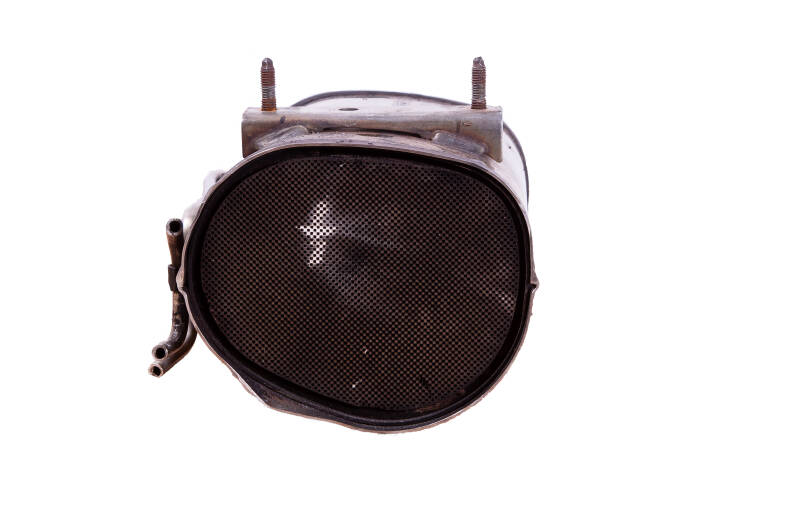The Diesel Particulate Filter (DPF)
Two types of particulate filter are currently used on cars: the partial-flow filter and the diesel particulate filter (DPF).
Partial flow filter
The partial-flow filter was introduced in the 1990s, and offered as a retrofit for existing vehicles. In practice, these filters have a filtration efficiency of between 5 and 20% in urban situations. For this type of filter, existing PTI tests (on-board diagnostics (OBD) and exhaust gas opacity) will remain in place.
Diesel particulate filter (DPF) – also known as a wall-flow filter
Provided they are in good condition, these filters have an average filtration efficiency in excess of 95%. DPFs remove virtually all harmful particles, which are temporarily stored in the filter element. During a process known as regeneration, these deposits are converted almost entirely into gaseous carbon dioxide, and vented via the exhaust. The PTI particulate filter check will only be performed on vehicles fitted with a DPF.

A DPF from a passenger car. The exhaust flow enters on the right, and exits on the left.
The rounded body contains two components: the oxidation catalyst and a filter element.



Entrance of an oxidation catalyst
Entrance of a DPF
Exhaust of a cracked DPF
Cleaning a DPF.
Most DPFs are automatically regenerated once every 350 to 750 kilometres. During regeneration, the carbon particulates that have accumulated in the filter element are burned, and converted into the gaseous carbon dioxide. What remains is a metal residue derived from the engine oil, which cannot be burned. As the residue blocks the openings in the filter element, it must be removed every 80,000 to 200,000 kilometres.
Reliable information:
Chevron and Lubrizol published some movies on Youtube with excellent DPF information.
